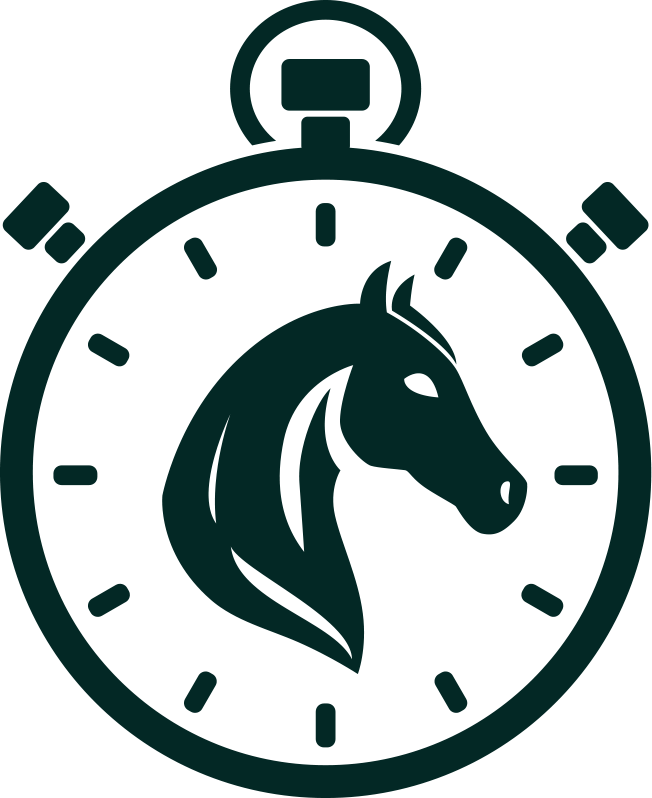Title: "The Art of Horse Training: Insights from Reitmeister Martin Plewa"
Martin Plewa has held countless roles in the equestrian world throughout his career, but above all, he is a passionate trainer devoted to the welfare of the horse.
Following numerous requests, we are pleased to present the English version of our interview with Reitmeister Martin Plewa:
Let’s start with the basics of horse training. What are the absolutely essential principles you believe cannot be compromised?
I believe we have a very strong foundation in classical riding theory. For me, the most important thing is always to tailor the training to the horse. To do that, I need to understand: How does a horse move? How does it learn? Training must be adapted to the horse’s stage of maturity, age, and later, its level of education. The horse must be able to easily understand what the rider is asking. That means building everything logically and following clear principles—for example, progressing from simple to complex, from familiar to unfamiliar. This ensures the horse never feels overwhelmed.
Beyond that, I must always pay close attention to the horse’s reactions, constantly sensing how it understands my aids. If the horse doesn’t respond the way I expect, I have to question myself: What might I be doing wrong? It’s essential to always listen to the horse and allow it to influence the pace of the training to some extent. Of course, you have a system in mind, but every horse reacts a little differently.
You also need to allow enough time and maintain a sense of calm. There was a famous 19th-century equestrian scholar, Gustav Steinbrecht, who said, "Ride with benevolent composure." That perfectly captures the mindset: approach the horse with positivity, remain relaxed and unemotional, but always stay consistent.
In your view, are today’s riders different when it comes to patience, consistency, and sensitivity toward the horse?
Yes, I believe there’s been a shift. My generation learned from instructors who mostly came from military backgrounds—cavalry officers who taught in a very structured, prescriptive way. As students, we were eager to follow these clear guidelines, and it worked.
Today, trainers tend to adapt more to the individual needs of the rider. However, some riders fail to recognize that their own seat and aids aren’t yet sufficiently developed. They really need more training themselves before they can fairly and correctly educate a horse. I often see the focus placed more on "training" the horse than on improving the rider—things like seat corrections are often neglected. We now tend to be more considerate of the rider than the horse, and that can lead to riders developing the wrong mindset, blaming the horse when things go wrong. I absolutely do not tolerate that in my teaching. If something isn’t working, the first step is always self-reflection.
There are many efforts underway to make riding instruction more accessible and didactically refined. Do you think that’s useful?
Absolutely. It’s crucial for riders to engage with their own sense of movement and physical strengths or limitations—things like suppleness, elasticity, and so forth. But in the end, the key for me is always the rider’s feeling. Riding is a sport of coordination, and coordination requires mobility and a highly developed sense of body awareness.
Was there much focus on body awareness in the old military-style training?
Yes, definitely. A fine hand was especially emphasized. One of my instructors used to say, "The horse’s mouth is sacred." We always rode without auxiliary aids like side reins. Great patience was given to achieving correct contact.
In the first youth rider exams, all horses went without any auxiliary reins. I rode my first test at seven years old—horse changes included—and that was completely normal. And woe to anyone who pulled on the reins—they were immediately corrected. The foundation was always the correct use of aids, learning to properly connect the horse to the aids, to allow the reins to "chew out of the hand" correctly. We practiced that endlessly, and even if we didn’t fully grasp it as children, it ingrained the correct feeling so thoroughly that later, we could ride any horse properly.
There’s a lot of criticism of modern dressage. In your opinion, is the sport still justifiable?
Of course it is—provided we ride correctly. Our training system is based on the horse’s natural movement. But we’ve seen some serious deviations, and these weren’t addressed soon enough. That’s true nationally in Germany as well as internationally.
When incorrect riding is rewarded at competitions, it’s no surprise that riders start copying it. I’ve followed international sport for decades—World Championships, Olympics, and so on. There was a clear shift: suddenly, horses were dramatically overflexed, yet still winning.







